Ever wished your training programs felt more like real-world work? Imagine students instantly grasping concepts because they see how they apply them in the industry they're aiming for. That's the magic of contextualisation! This guide will provide everything you need to know about contextualising units of competency in Australia. Get ready to transform your training from generic to genuinely engaging and effective for your learners.
Contextualisation is all about customizing training materials and assessments to a specific group of learners, industry, or workplace. Think of it like customizing a suit – it ensures a perfect fit for the learning experience. But why exactly is this so important? Let's learn.
Why is Contextualising Units of Competency Important?
Imagine your trainees struggling to connect the dots between what they're learning and how it applies in the real world. That's where contextualisation comes in!
Here's why relating real-world relevance to your training programs is a win-win for everyone:
Bridging the Knowledge-to-Skill Gap: Contextualisation isn't just about facts and figures – it's about preparing learners with the skills they can use on the job. By securing training materials and assessments in real-world scenarios, you help learners understand the "why" behind the "what." This makes grasping new concepts easier and builds a strong foundation for practical application.
Meeting ASQA's Standards with Confidence: The Australian Skills Quality Authority (ASQA) emphasizes the importance of quality training that reflects industry needs. Contextualisation is a key part of demonstrating that your programs are up-to-date and relevant. By ensuring your training aligns with real-world practices, you'll be well on your way to meeting ASQA's quality benchmarks.
Boosting Student Satisfaction and Success: Let's face it, dry, textbook training can be boring. Contextualisation creates excitement and relevance in your programs. When learners see how the skills they're acquiring translate to their chosen career path, they become more engaged and motivated to succeed. This not only improves student satisfaction but also leads to higher course completion rates.
Building Industry-Ready Graduates: The ultimate goal of vocational training is to qualify graduates with the skills employers are actively seeking. Contextualisation ensures your graduates aren't just provided with theoretical knowledge – they possess practical skills that are directly applicable to their chosen field. This translates to confident graduates who hit the ground running in their new careers and make a valuable contribution to the workforce.
Investing in Contextualisation: By making your training programs more relatable and relevant, you're not just ticking a box – you're setting your students and your RTO, up for success.
Key Considerations for Effective Contextualising Units of Competency
We've talked about why contextualisation is important, but how do you use it? Don't worry, it's not as complex as it sounds! Here are some key considerations to ensure your training programs are perfect for your learners:
Know Your Audience: Think of your learners as individuals, not a faceless crowd. Understanding their prior knowledge and experience is crucial. Are they fresh out of high school, or do they have existing industry experience? What are their career aspirations? Tailoring your approach to their specific needs will make the learning journey more meaningful.
Align with Industry Standards: Ensure your materials reflect the latest industry codes of practice and regulations. Think industry-specific case studies, and real-world workplace scenarios – these will bring your training to life. Consider partnering with industry experts for guest lectures or even industry visits to give your learners a firsthand look at the real world they're aiming for.
Local Relevance: Incorporate case studies and business examples that resonate with your learners' region. Use the industrial terminology specific to their area. Think about incorporating resources from state training authorities or industry associations – they're great fo local and up-to-date information that can significantly enhance your training programs.
By keeping these key considerations in mind, you'll be well on your way to developing contextualised training programs that are engaging, effective, and truly prepare your learners for success in their chosen fields.
Simple Steps to Contextualising Units of Competency
Ever feel your training programs could use a reality check? Imagine if students instantly connected the dots between what they learn and real-world jobs! Here are some key considerations to ensure your training programs are perfect for your learners:
Know Your Crew: Think about your students as individuals, not a faceless mass. What's their background? Are they newbies or industry veterans? What careers are they aiming for? Knowing their story helps you craft a learning experience that speaks directly to them.
Industry Speak 101: Don't let your training become outdated jargon soup! Make sure your materials reflect the latest industry codes and practices. Think real-world scenarios, and industry case studies – these are the golden nuggets that make your training relatable. Bonus points for guest lectures or industry visits from real-world experts (if possible)!
Think Local: Local knowledge is a superpower! Use case studies and business examples that resonate with your learners' region. Speak their language – ditch generic terms and use the industry jargon specific to their area. State training authorities and industry associations are treasure troves of local info – tap into their resources to boost your training's relevance.
Strategies for Contextualising Units of Competency
Imagine your training programs feeling less like textbooks and more like a sneak peek into your learners' dream careers. That's the power of contextualisation! Now that you know about its benefits and understand your target audience, let's explore some specific strategies to transform your learning resources and assessments into engaging, real-world experiences.
Learning Resources:
Industrial Terms: Imagine your training materials using the same language your learners will face in their chosen field. Swap out generic terms like "device" for industry-specific options like "laptop" or "iPad." This simple switch instantly makes the learning experience more relatable and relevant.
Visuals: Text-heavy resources can be boring. Spice things up with engaging visuals like infographics, videos, and real-world case studies. Think of local businesses or industry scenarios your learners can connect with. The more relatable the visuals, the deeper the impact on their learning.
Scenarios & Role-Plays: Take your training a step further by incorporating scenarios and role-plays that simulate real-world workplace situations. This allows learners to put their newfound knowledge into action, develop problem-solving skills, and gain confidence in applying their training in practical settings.
Assessment Tools:
Industry Standard: Don't let your assessments be a test disconnected from reality. Adapt assessment tasks to reflect the actual practices and procedures used in the industry. This ensures learners are evaluated on skills they'll need to succeed in their careers.
Real-World Simulations: Think beyond traditional multiple-choice questions! Develop case studies or simulations based on real-world scenarios relevant to the unit and the learner's industry. This allows for a more comprehensive assessment of a learner's ability to apply their knowledge and skills in practical situations.
Measure What Matters: Ensure your assessment methods accurately measure the skills and knowledge outlined in the unit, not just rote memorization of textbook content.
Additional Tips and Resources
Building a library of perfectly contextualised training programs takes time and practice. But don't worry, we've got some handy tips and resources to help you navigate the journey!
Start Small: You don't have to rewrite everything overnight. Begin by contextualising a few key units of competency. This allows you to identify what works best for your learners, and gradually expand your contextualised resources over time.
Knowledge is Power: Industry bodies and state training authorities often provide resources and guidance specific to your region. ASQA is also a valuable resource for understanding their expectations on contextualisation. Don't be afraid to tap into these free resources – they're there to support you!
Seek the Help of Experts: Sometimes, a helping hand can make all the difference. Consider consulting with experienced RTO specialists who can offer advice and guidance on contextualising your training programs for maximum impact.
Consistency: Imagine a student encountering mixed messages in your training – confusing, right? Ensure all training materials and assessments for a particular unit are consistently contextualised. This creates a seamless learning experience and reinforces the real-world relevance of the skills being taught.
Now, let's talk about taking your training to the next level. Here at Learning Options, we're passionate about providing industry-aligned training programs that are not just good but truly exceptional. Our team of experts understands the importance of contextualisation, and we offer a range of RTO-developed resources and support services specifically designed to help you with this process.
Feel Free to Reach Out for More Information.
Contact Learning Options Today!
FAQ
What should you avoid doing while contextualizing a unit of competency?
Answer: It is critical to remember that contextualisation should not influence unit outputs. When modifying your evaluation tools to match your RTO's needs, remember the following: Don't underestimate the range of applicability of expertise. Don't narrow down the competency outcomes.
How can contextualisation help both the student and their employer?
Answer: The fundamental goal of contextualisation is to make your training and evaluation plan more meaningful to your students and employers.
Why is it important to provide students with opportunities to build larger skills?
Answer: To assist learners enhance their abilities. To build learners' confidence. To enable students to act confidently, productively, and independently in life and work.
How does contextualisation work?
Answer: When students contextualize, they place ideas, arguments, or activities into a wider context.





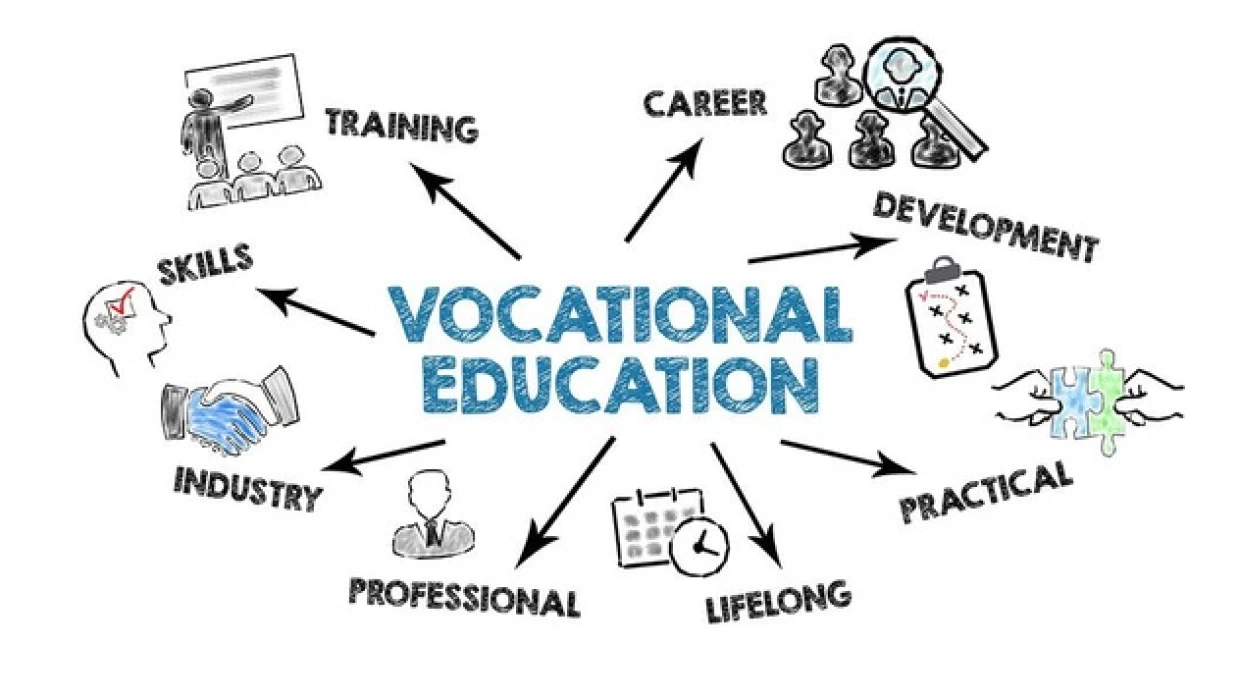







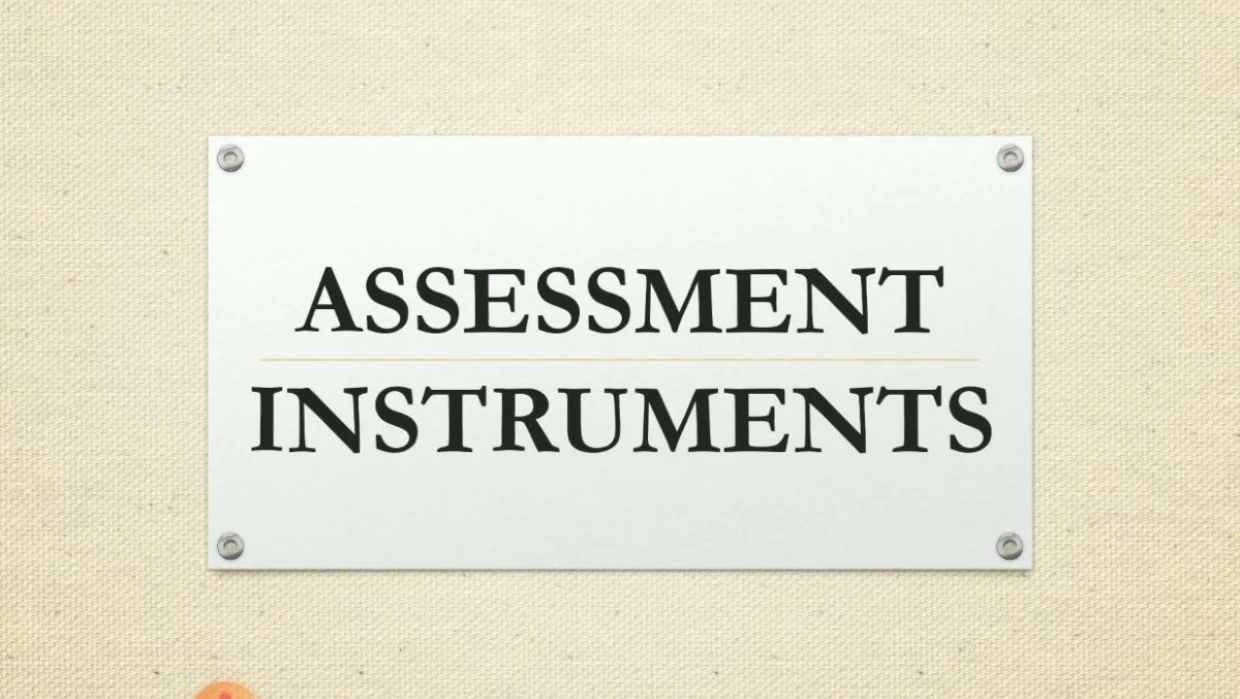





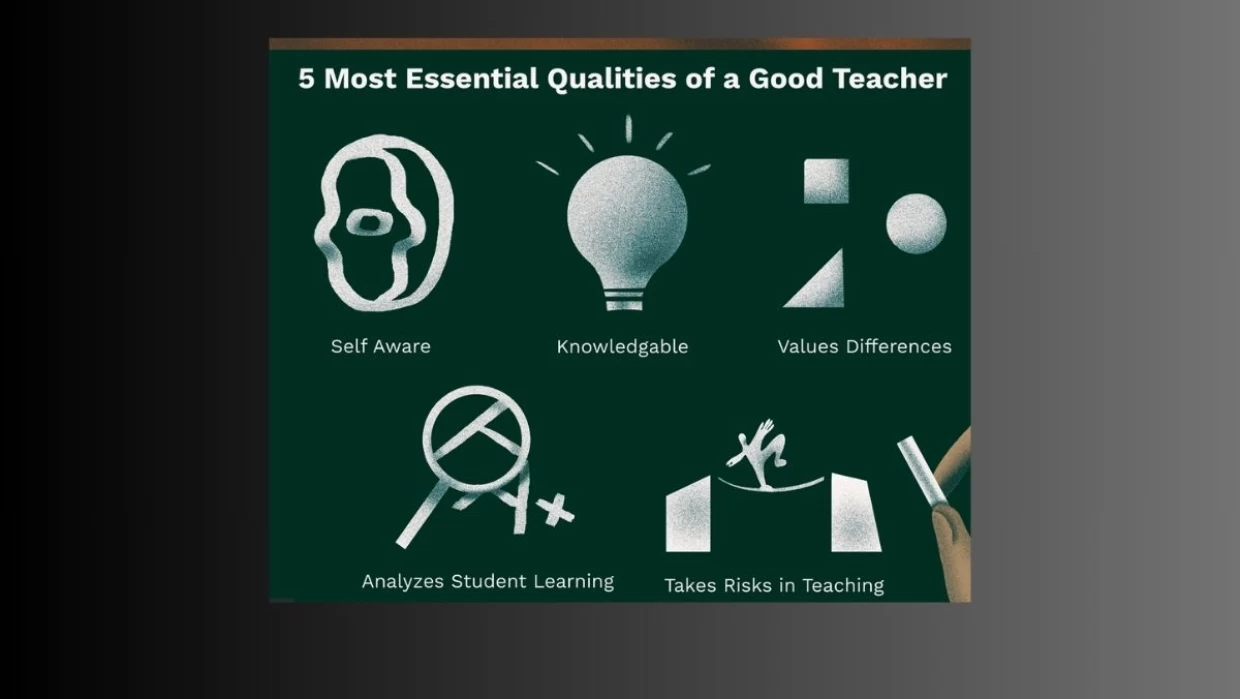
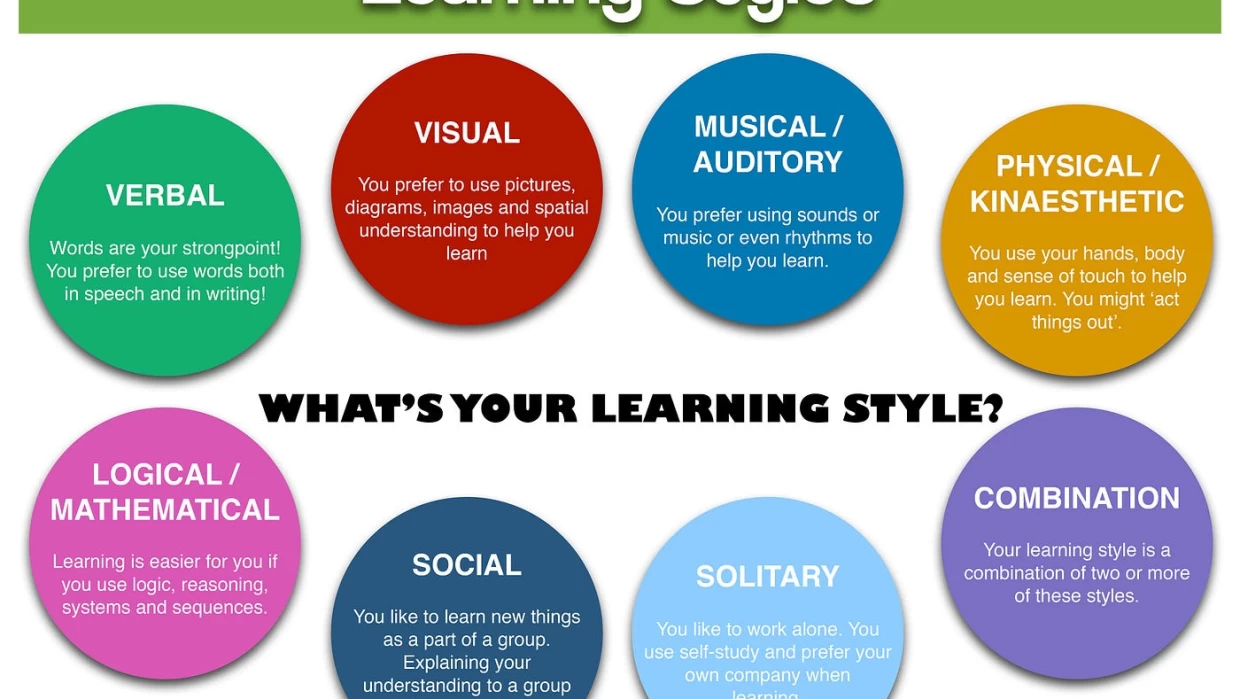
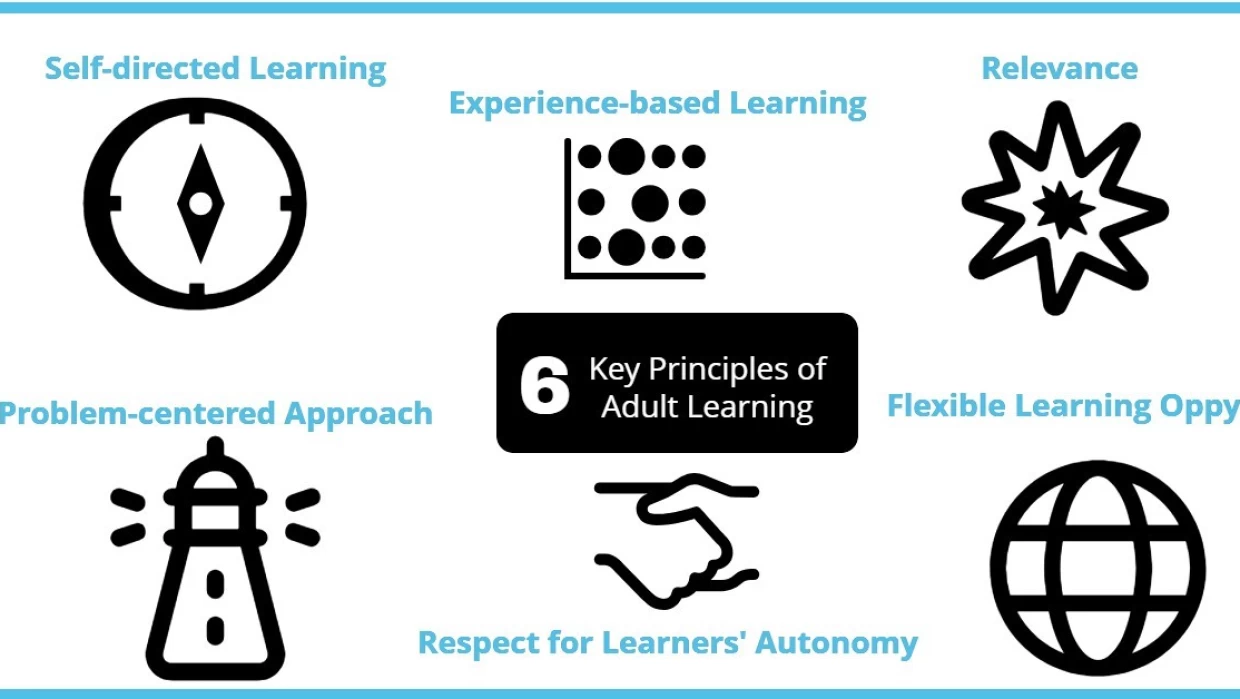














We would be delighted if you could get in touch with us.
Your email address will not be published. Required fields are marked